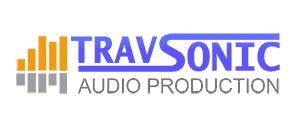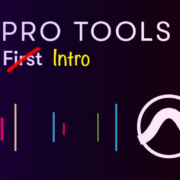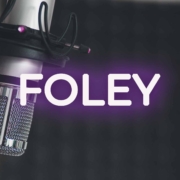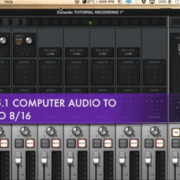PFH (Per Finished Hour) Meaning and the Uses For Audio Production
PFH means “per finished hour,” for project rates in the audiobook and voice-over industry.
If you are just entering the audio production field or producing your first audiobook, you have probably stumbled upon a new term “PFH”. What does this mean and how does it work?
Per finished hour is a way of measuring the production time of an audio project. It is calculated by multiplying the finalized audio content in hours by the PFH rate.
Generally, PFH is paid for every hour of finished recording, edited audio, or proofing, rather than by the studio’s hourly booking rate. Initially, PFH was created for freelancers and agencies to better evaluate their projects and how they were spending their time.
Calculating Production Cost
The rate for audio production services such as an audiobook or voice-over is normally calculated by the estimated hours of finished audio content, which is then multiplied by the hourly rate.
- Estimate the run time of the final recorded or edited audio.
- Multiply the total run time hours with the PFH rate.
For example, if the finished project will have 2 hours of finalized content, you multiply that by the per finished hourly service rate. Let’s say your PFH is $200, the total project cost would be $400 for 2 hours of final produced content.
How to Calculate the Finished Duration of a Project

In order to give an estimated cost using PFH, you will need to calculate the finished audio duration of the project. To do this we need to know how many words a narrator can read per hour.
The average narrator can read about 9,000 to 9,400 words per hour. If the script or book has 50,000 words, the final recorded audio duration will be about 5 to 6 hours.
Example: 50,000 divided by 9,000 = 5.55 hours
Learn more about how to calculate a project using PFH via our “Audiobook Production Guide”.
How is this different than by the hourly rate?
Doing an audio project by the hour means you are paid for every hour you work regardless of completing the job on a budget or on time. The problem with by-the-hour rates for larger projects is it’s difficult to estimate the budget as production time could be less or more.
To combat the difficulty of managing a budget for a project, “per finished hour” was created to be cost-effective with the ability to know the scope of the production.
Paying per finished hour encourages a producer or talent to prepare well and work efficiently to complete the job. It is also cost-effective for the client as they know how much the project will be and is in a flat rate perspective.
Converting PFH to “by the hour”. What are you being paid?
Let’s say you are editing an audiobook and charging $120 PFH. You might say that sounds like great pay. But, let’s calculate what that translates to by the hour.
To finish recording and editing audio which has a final run time of 1 hour, it normally takes about 3 times as long to finalize. You are charging $120 PFH and will divide it by 3. The rate turns out to be $40 an hour. Still not bad considering. But, it is nowhere near $120 an hour as it was perceived.
When Per Finished Hour Rates May Not Apply
Of course, there are some situations in production in which PFH may not work. For example, you may be doing post-audio work on a TV commercial that is 30 seconds in the final run time. Or you might be mixing a song that is 3 minutes long.
In these scenarios charging PFH will surely not apply. The per-hour rate would probably work best for these types of production. PFH is preferably best for larger projects that run into hours of run-time for the finished project.
The Disadvantage of Using PFH
The issue with using the “per finished hour” rate is it looks like you are getting paid more than you are. With lower rates keep in mind the amount of work you do in relation to what you are getting paid. For instance, $50 PFH would effectively be $12.50 an hour. You are almost hitting the minimum wage bracket at this point.
It’s recommended that you try to use your normal hourly rate to calculate the PFH rate. For example, if you charge $50 an hour, divide $50 by 3 and you will end up with the PFH rate of $150. You may still go over the 3 times calculation on a project, but at least you are not too far off.
In Conclusion
Understanding the PFH meaning and what goes into calculating a fair PFH rate is crucial to any production success. You want to get paid exactly what’s needed for any given project.
For those setting your budget, please keep in mind that you basically get what you pay for. If you see a per finished hour of $50 – $80 PFH, that is around minimum wage. Keep in mind that professionals would not charge minimum wage for their services. In that case, you’re going to be working with less experienced narrators and editors.
View your audio production project as an investment for your brand and the final product you will sell. For more examples of uses of PFH, read our article on Audiobook Production and Budgeting.










